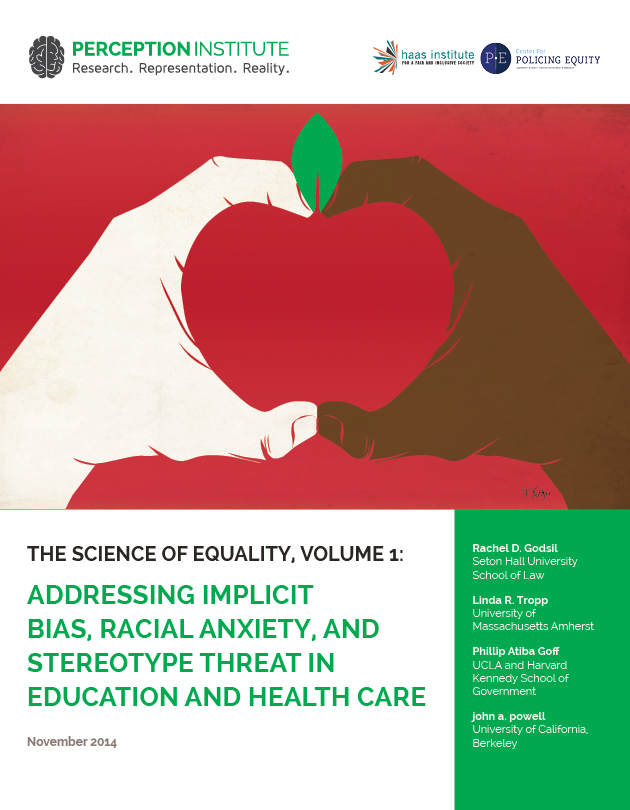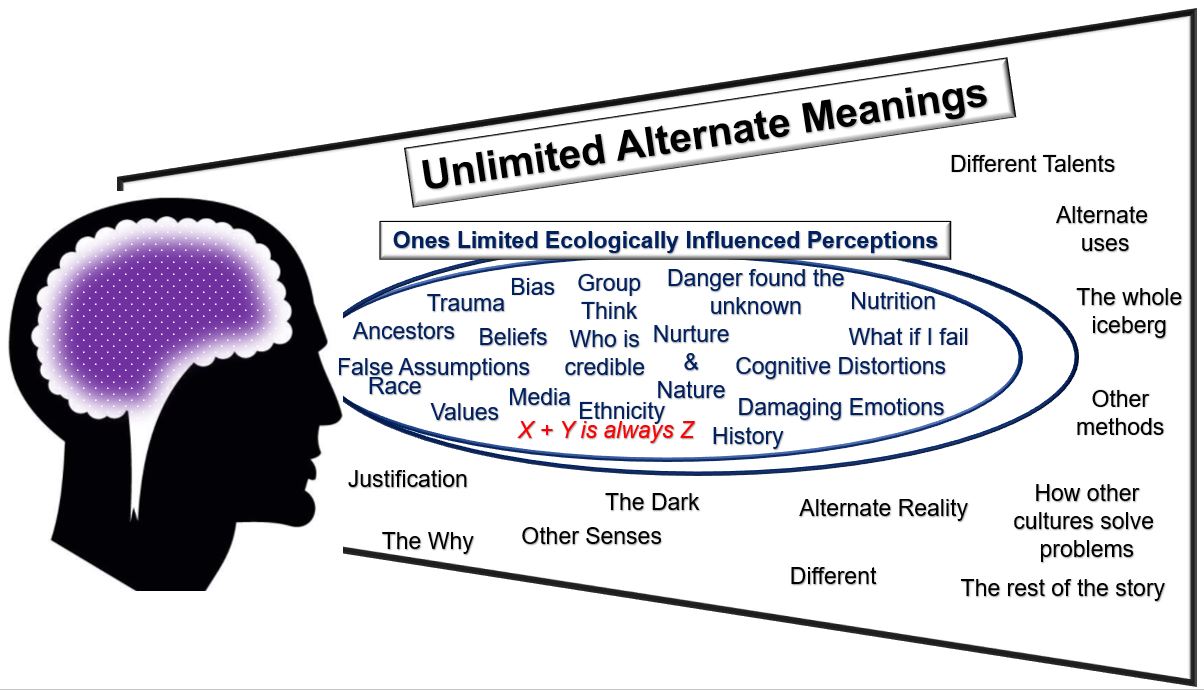
Henderson, John Markovic, and Christopher Ortiz, “Measuring Influences on Public Opinion of the Police Using Time-Series Data: Results of a Pilot Study,” Police Quarterly 8 (2005): 394–401. Tuch, “Racially Biased Policing: Determinants of Citizen Perceptions,” Social Forces 83 (2005): 1009–1030. Tyler, Tom R., and Jeffrey Fagan, “Legitimacy and Cooperation: Why Do People Help Police Fight Crime in Their Communities?” Ohio State Journal of Criminal Law 6 (2008): 231–275. Tuch, “Determinants of Public Satisfaction With the Police,” Police Quarterly 8 (2005): 279–297. Ring, “Attitudes Toward the Police: The Effects of Direct and Vicarious Experience,” Police Quarterly 8 (2005): 343–365 Weitzer, Ronald, and Steven A. Horowitz, Jake, “Making Every Encounter Count: Building Trust and Confidence in the Police,” NIJ Journal 256 (January 2007): 8–11, NCJ 216524 Rosenbaum, Dennis P., Amie M. Tyler, Tom R., “Policing in Black and White: Ethnic Group Differences in Trust and Confidence in the Police,” Police Quarterly 8 (2005): 322–342. Tuch, “Racially Biased Policing: Determinants of Citizen Perceptions,” Social Forces 83 (2005): 1009–1030. Rosenbaum, “Global and Neighborhood Attitudes Toward the Police: Differentiation by Race, Ethnicity and Type of Contact,” Journal of Quantitative Criminology 21 (2005): 391–418. African-Americans who live in high-crime areas and who regularly hear others talk about police misconduct are especially likely to believe misconduct is common.Ĭonversely, a nine-month study of five precincts in New York City found that in the absence of major scandals, news coverage of the police did not have a significant effect on citizens' views of the police. Media accounts of police misconduct also influence perceptions of the police, but less so than personal interactions.įrequent exposure to media reports of police abuse or corruption is a strong predictor of perceptions of misconduct and supports the belief that it is common.
Police perception definition free#
Procedural justice is the notion that a process is fair and that people have the opportunity to be heard, are treated politely and respectfully, and are judged by a neutral system free of bias. People who perceive that they received “procedural justice” are also likely to perceive the police as legitimate and trustworthy and are likely to comply in the future. If officers communicate well, listen and treat citizens with respect, citizens will respond in kind. Research also shows that an officer's demeanor and actions are crucial to perceptions of police legitimacy. For example, research shows that people report positive impressions of an officer who treated them fairly and respectfully even if the officer gave them a speeding ticket. People tend to focus on how police treat them - the process and interactions - rather than the final outcome of those interactions. People form opinions of the police based on their own interactions with them or the experiences they hear from trusted friends and family.

Personal interactions have the strongest impact on perceptions. This chapter presents analyses on this topic from the 2013/14 survey, and on victim satisfaction with how the police handled the incident.

Police perception definition series#

Measurement is also performed to determine variation in officers agreement based on the personal characteristics gender, age, education, experience, and rank.įindings indicate officers show agreement with self-control items across the six dimensions of self control traits, as well as significant variation in agreement with the property offender self-control scale based on gender. (1993) self-control scale, this study measures the level of agreement officers exhibit that low self-control traits are present in property and violent offenders. Using a sample of 117 officers and an adapted version of the Grasmick et al. This study measured police officers perception of the validity of General Theory of Crime.


 0 kommentar(er)
0 kommentar(er)
